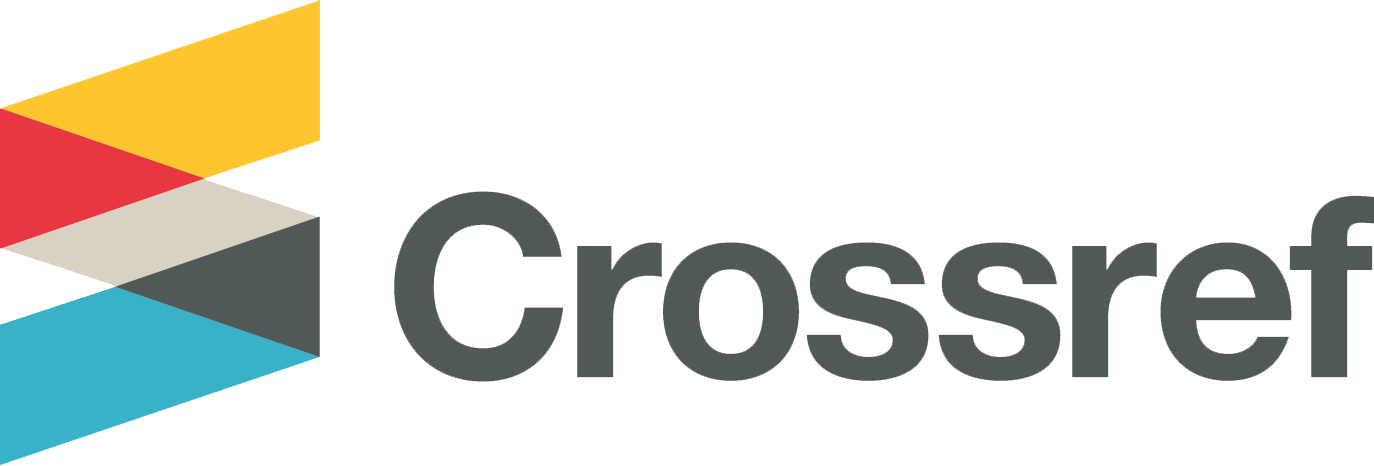Влияние плоскостного растяжения на удельное сопротивление тонких пленок висмута
DOI:
https://doi.org/10.33910/2687-153X-2022-4-1-36-41Ключевые слова:
висмут, тонкие пленки, деформация растяжения, удельное сопротивление, подложка из стекла, подложка из кремнияАннотация
Уникальные свойства висмута и системы висмут-сурьма привлекают все более внимание исследователей в области стрейнтроники и деформационной инженерии в двухмерных материалах в последние десятилетия. В рамках данной работы была проведена апробация исследования удельного сопротивления пленок висмута на подложках из боросиликатного стекла и кремния деформированных методом купольного изгиба. Полученные результаты хорошо согласуются с результатами исследования пленок, деформированных другими методами, и может быть применен для моделирования плоскостной деформации пленки. Учитывая использование двух подложек, метод позволяет получить возможность получения непрерывных зависимостей свойств пленок от деформации в диапазоне до 0,8 % (относительного изменения площади) при комнатной температуре.
Библиографические ссылки
Aguilera, I., Friedrich, C., Blugel, S. (2015) Electronic phase transitions of bismuth under strain from relativistic
self-consistent GW calculations. Physical Review B, 91 (12), article 125129. https://doi.org/10.1103/PhysRevB.91.125129 (In English)
Batchelder, D. N., Simmons, R. O. (1964) Lattice constants and thermal expansivities of silicon and of calcium fluoride between 6 and 322 K. The Journal of Chemical Physics, 41 (8), 2324–2329. https://doi.org/10.1063/1.1726266 (In English)
Bukharaev, A. A., Zvezdin, A. K., Pyatakov, A. P., Fetisov, Y. K. (2018) Straintronics: A new trend in micro- and nanoelectronics and materials science. Physics-Uspekhi, 61 (12), 1175–1212. https://doi.org/10.3367/ufne.2018.01.038279 (In English)
Bunton, G. V., Weintroub, S. (1969) The thermal expansion of antimony and bismuth at low temperatures. Journal of Physics C: Solid State Physics, 2 (1), article 116. https://doi.org/10.1088/0022-3719/2/1/317 (In English).
Cave, E. F., Holroyd, L.V. (1960) Thermal expansion coefficients of bismuth. Journal of Applied Physics, 31 (8), article 1357. https://doi.org/10.1063/1.1735842 (In English)
Demidov, E. V., Komarov, V. A., Krushelnitckii, A. N., Suslov, A. V. (2017) Measurement of the thickness of blockstructured bismuth films by atomic-force microscopy combined with selective chemical etching. Semiconductors, 51 (7), 840–842. https://doi.org/10.1134/S1063782617070065 (In English)
Hirahara, T., Fukui, N., Shirasawa, T. et al. (2012) Atomic and electronic structure of ultrathin Bi(111) films grown on Bi2Te3(111) substrates: Evidence for a strain-induced topological phase transition. Physical Review Letters, 109 (22), article 227401. https://doi.org/10.1103/PhysRevLett.109.227401 (In English)
Jankowski, M., Kaminski, D., Vergeer, K. et al. (2017) Controlling the growth of Bi(110) and Bi(111) films on an insulating substrate. Nanotechnology, 28 (15), article 155602. https://doi.org/10.1088/1361-6528/aa61dd (In English)
Jezequel, G., Thomas, J., Pollini, I. (1997) Experimental band structure of semimetal bismuth. Physical Review B, 56 (11), 6620–6626. https://doi.org/10.1103/PhysRevB.56.6620 (In English)
Komarov, V. A., Grabov, V. M., Suslov, A. V. et al. (2019) The Hall and seebeck effects in bismuth thin films on mica substrates in the temperature range of 77–300 K. Semiconductors, 53 (5), 593–598. https://doi.org/10.1134/S1063782619050105 (In English)
Krushelnitckii, A. N., Demidov, E. V., Ivanova, E. K. et al. (2017) Dependence of the surface morphology of ultrathin bismuth films on mica substrates on the film thickness. Semiconductors, 51 (7), 876–878. https://doi.org/10.1134/S1063782617070211 (In English)
Roberts, R. B., White, G. K. (1986) Thermal expansion of fluorites at high temperatures. Journal of Physics C: Solid State Physics, 19 (36), 7167–7172. https://doi.org/10.1088/0022-3719/19/36/008 (In English)
Rodil, S. E., Garcia-Zarco, O., Camps, E. et al. (2017) Preferential orientation in bismuth thin films as a function of growth conditions. Thin Solid Films, 636, 384–391. https://doi.org/10.1016/j.tsf.2017.06.048 (In English)
Suslov, A. V., Gerega, V. A., Grabov, V. M. et al. (2022) Deformation of thin films of semimetals by the dome bending method of the substrate. Semiconductors, 56 (1), 22–24. https://doi.org/10.1134/S1063782622020142 (In English)
Suslov, A. V., Grabov, V. M., Komarov, V. A. et al. (2019a) Methods of experimental studying the galvanomagnetic properties of thin semimetals films under conditions of plane stretch. Journal of Physics Conference Series, 1281 (1), article 012084. https://doi.org/10.1088/1742-6596/1281/1/012084 (In English)
Suslov, M. V., Grabov, V. M., Komarov, V. A. et al. (2019b) The thermoelectric power of Bi1 – xSbx films (0 ≤ x ≤ 0.15) on mica and polyimide substrates in the temperature range of 77–300 K. Semiconductors, 53 (5), 589–592. https://doi.org/10.1134/S1063782619050257 (In English)
Wu, C. Y., Han, J. C., Sun, L. et al. (2018) Effects of trigonal deformation on electronic structure and thermoelectric properties of bismuth. Journal of Physics. Condensed Matter, 30 (28), article 285504. https://doi.org/10.1088/1361-648X/aacab9 (In English)
Загрузки
Опубликован
Выпуск
Раздел
Лицензия
Copyright (c) 2023 Суслов Антон Владимирович, Герега Василиса Александровна, Глебов Матвей Дмитриевич, Грабов Владимир Минович, Комаров Владимир Алексеевич

Это произведение доступно по лицензии Creative Commons «Attribution-NonCommercial» («Атрибуция — Некоммерческое использование») 4.0 Всемирная.
Авторы предоставляют материалы на условиях публичной оферты и лицензии CC BY 4.0. Эта лицензия позволяет неограниченному кругу лиц копировать и распространять материал на любом носителе и в любом формате в любых целях, делать ремиксы, видоизменять, и создавать новое, опираясь на этот материал в любых целях, включая коммерческие.
Данная лицензия сохраняет за автором права на статью, но разрешает другим свободно распространять, использовать и адаптировать работу при обязательном условии указания авторства. Пользователи должны предоставить корректную ссылку на оригинальную публикацию в нашем журнале, указать имена авторов и отметить факт внесения изменений (если таковые были).
Авторские права сохраняются за авторами. Лицензия CC BY 4.0 не передает права третьим лицам, а лишь предоставляет пользователям заранее данное разрешение на использование при соблюдении условия атрибуции. Любое использование будет происходить на условиях этой лицензии. Право на номер журнала как составное произведение принадлежит издателю.







